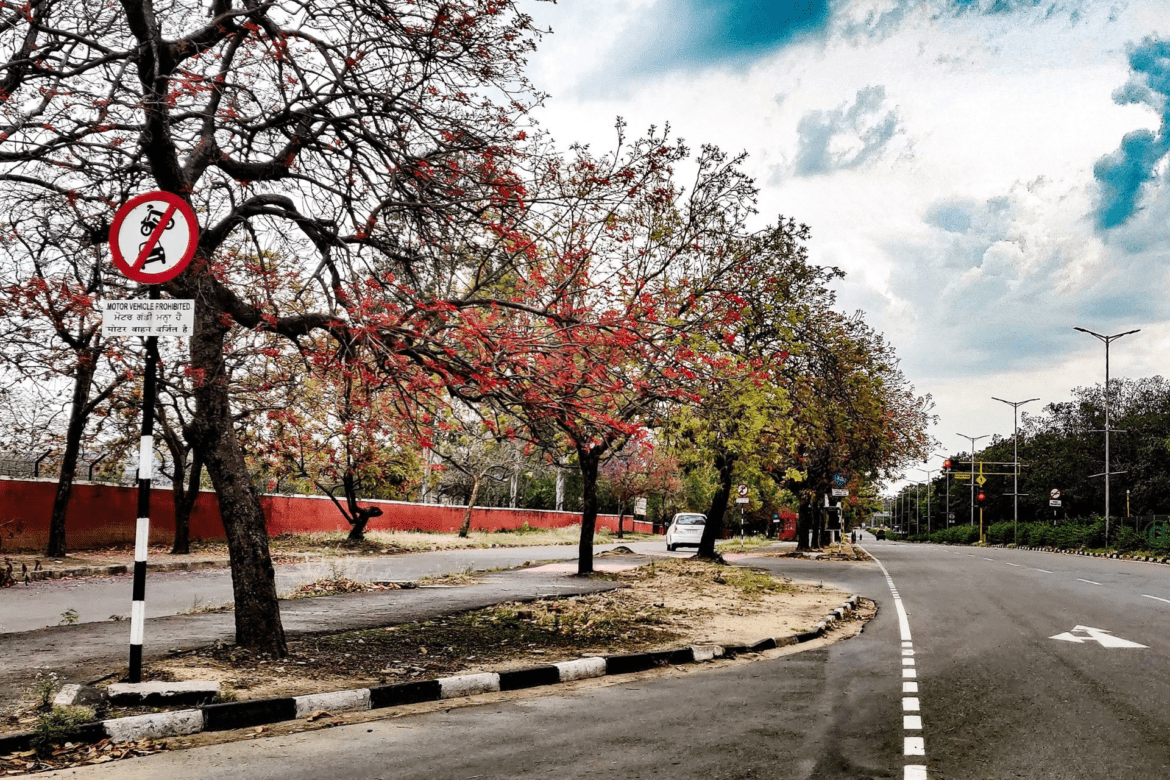AI Generated Summary
- He intended for Chandigarh to serve as a “living school” for Indian architects, fostering a new generation of modernists who could adapt and evolve the principles of tropical modernism to better suit India’s unique cultural and social landscape.
- For many years, the narrative of Chandigarh’s creation has largely been attributed to Le Corbusier, overshadowing the contributions of his European colleagues and the talented Indian architects who were integral to the project.
- “Chandigarh is often singularly attributed to Le Corbusier, minimizing the contributions of the other European architects and the Indian team who built the city,” explains Dr.
Chandigarh, India’s planned city and a beacon of post-colonial modernism, has long been celebrated as the brainchild of Swiss-French architect Le Corbusier. However, recent discussions are shedding light on the pivotal roles played by Indian architects who co-created this architectural marvel, challenging the narrative that has predominantly centered on their European counterpart.
In the decades following independence, newly sovereign nations within the Non-Aligned Movement looked to Chandigarh as a symbol of modernity and development. The city exemplified what tropical modernism could achieve—an architectural style that promised progress through neutral technical expertise, free from colonial ideologies. This vision resonated deeply as these nations sought to improve local conditions by embracing swift modernization.
However, tropical modernism was far from neutral. It carried deep ideological underpinnings that sparked opposition from revivalist groups in former colonies, who viewed it as another form of colonial imposition. Over time, even proponents of this style began to critique and subvert its initial promises, revealing the complex layers of its legacy.
The Punjab Government’s decision to invite architects Maxwell Fry and Jane Drew was instrumental in bringing Le Corbusier to lead the Chandigarh project. Although Le Corbusier lacked a colonial history in India, his European background perhaps provided a comfortable façade for British involvement during a sensitive period. Prime Minister Jawaharlal Nehru advocated for a collaborative approach, asserting that the West should support India from “on tap, not on top,” reflecting a newfound self-assurance in the nation’s developmental path.
For many years, the narrative of Chandigarh’s creation has largely been attributed to Le Corbusier, overshadowing the contributions of his European colleagues and the talented Indian architects who were integral to the project. Recent exhibitions and scholarly work aim to rectify this imbalance by highlighting the significant roles played by Indian professionals.
“Chandigarh is often singularly attributed to Le Corbusier, minimizing the contributions of the other European architects and the Indian team who built the city,” explains Dr. Maya Rao, curator of a recent exhibition on Chandigarh’s architectural history. “We focused on the Indian architects who were the backbone of the project, showcasing their plans, construction photos, and personal contributions to ensure their legacy is properly recognized.”
The exhibition features works by Aditya Prakash, who designed the Tagore Theatre, and photographs by Jeet Malhotra, a junior architect on the project. Additionally, it includes sculptures by highway engineer Nek Chand and models crafted by Rattan Singh, Le Corbusier’s Sikh model maker. These elements collectively emphasize the collaborative effort that truly brought Chandigarh to life.
Nehru’s vision extended beyond mere architectural design; he intended for Chandigarh to serve as a “living school” for Indian architects, fostering a new generation of modernists who could adapt and evolve the principles of tropical modernism to better suit India’s unique cultural and social landscape. This approach not only upskilled local talent but also ensured that the city remained a distinctly Indian expression of modernity.
Despite these intentions, the contributions of the Indian architects have remained largely invisible in historical archives and public memory. Publications like the 1961 issue of Marg began to recognize these “Founders of Chandigarh,” portraying them as co-creators rather than mere assistants to their European counterparts. This perspective underscores that Chandigarh was fundamentally an Indian city, embodying the aspirations of the Nehruvian nation-state.
Today, many of the first-generation architects who helped build Chandigarh are critical of Le Corbusier’s legacy, seeking to blend functionalism with a deeper appreciation for India’s architectural heritage. Their work has paved the way for a unique tropical modernist style that is more attuned to the country’s social and environmental context.
Contemporary Indian architects continue to build on this pioneering legacy, yet their contributions remain underrecognized both within India and internationally. Dr. Rao emphasizes the urgent need to preserve and celebrate their work: “We must establish institutions and exhibitions that honor these architects before their contributions fade from collective memory. Collaborations with global institutions like the V&A and the University of Cambridge can help ensure these stories are told.”
Such initiatives would not only honor the past but also safeguard the present and future of Chandigarh’s architectural heritage. Many of the buildings designed by these Indian architects are now at risk of demolition, making it imperative to reassess their cultural value and preserve them for generations to come.
As Chandigarh continues to evolve, there is a growing movement to ensure that its rich architectural legacy reflects the diverse hands that built it. By reclaiming the narrative and celebrating the contributions of India’s unsung modernist architects, Chandigarh can truly embody the spirit of a nation that forged its own path to modernity.




